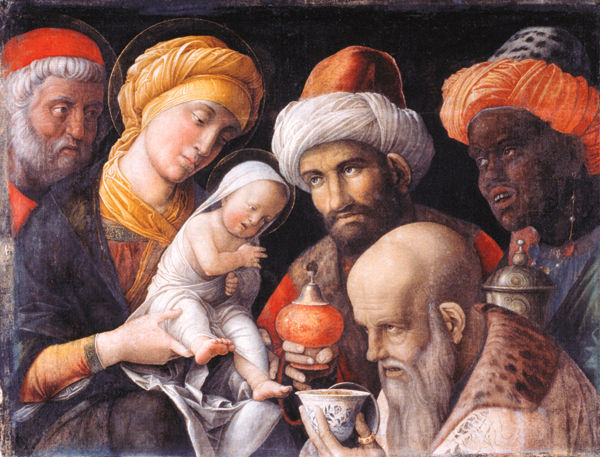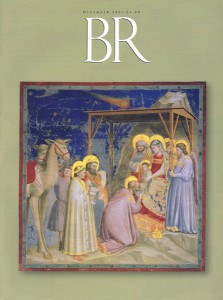
The magi lend an exotic and mysterious air to the Christmas story. The sweet domesticity of mother and child and the bucolic atmosphere of shepherds and stable are disturbed by the arrival of these strangers from the East. The background music changes from major to minor. Sentiment gives way to awe, perhaps even fear.
Nevertheless, or perhaps because of this, the legend of the magi has fired the imagination of Christians since the earliest times. In art, the adoration of the magi appeared earlier and far more frequently than any other scene of Jesus’ birth and infancy, including images of the babe in a manger. The artistic evidence suggests that the early church attributed great theological importance to the story of Jesus’ first visitors—an importance not overtly stated in this enigmatic gospel account of omens and dreams, astrological signs and precious gifts, fear and flight. To understand how the earliest Christians interpreted the message of the magi, we must look to early Christian literature (theological treatises, sermons and poetry)—and art.
“In the time of King Herod, after Jesus was born in Bethlehem of Judea, magi from the East came to Jerusalem asking: “Where is the child who has been born king of the Jews? For we have observed his star at its rising and have come to pay him homage.”
Already a library member? Log in here.
Institution user? Log in with your IP address.

